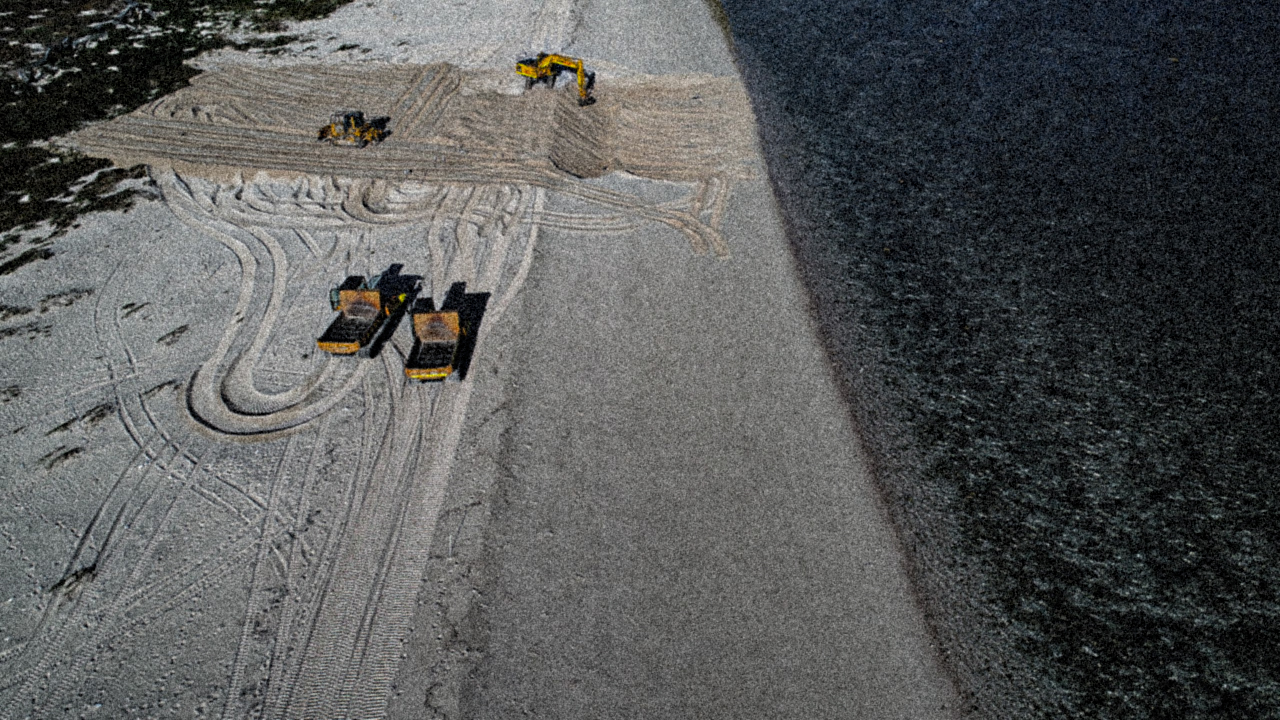RAINE ISLAND RECOVERY PROJECT
Raine Island, Australia
Wuthathi Nation, Kemer Meriam Nation, Queensland Government, Great Barrier Reef Foundation
| The Great Barrier Reef ecosystem is threatened by the confluence of rising sea temperatures, ocean acidification and severe weather events posed by anthropogenic climate change. The northern area of the reef is particularly vulnerable to increasing sea surface temperatures (SSTs), because it has not been affected by extreme heat stress in the past. In 2018, scientists estimated that 29% of the 3,863 reefs in the Great Barrier Reef system had collapsed, with many coral colonies dying at a lower level of heat stress than expected. In addition to coral, the Great Barrier Reef supports ecosystems including fish, sea turtles, sharks, seabirds, whales and other marine life, as well as the fishermen and biomedical research projects that rely on the reef. Raine Island is a barrier island on the northern tip of the Great Barrier Reef where over 60,000 female green turtles migrate to lay their eggs on the world’s largest green turtle rookery. In addition to the green turtles, it is the largest rookery for seabirds in the Great Barrier Reef World Heritage Area, and is a place of significant cultural and historical significance for Aboriginal and Torres Strait Islander peoples. The island’s landscape has changed significantly due to storm surges, leading to the death of almost 2,000 adult turtles each season who become entrapped in rocky areas or suffer from heat exhaustion, as well as the inundation of newly laid turtle eggs which cannot survive underwater. The Raine Island Recovery project is a five year effort to reprofile the beach, install cliff-top fencing to reduce the mortality of the nesting female turtles, rescue those turtles that do become stranded, monitor key island species and research the resilience and viability of key species, while building the capacity of Indigenous rangers to conserve the island. |
2014 - ongoing
79 acres
10 feet above sea level

tags: soil stabilization, protect, rewilding, elevation, adaptation, anonymous adaptation, resilience, engineering, ecological, NGO-driven, government-driven, communication, sea level rise and storm surge, increased storm frequency, habitat loss, heritage, indigenous rights, landscape metrics, barrier island, Australia, Wuthathi, Kemer Meriam, Australasia, Tropical Rainforest
References:
| Dustan, A.J. and K. Robertson. Queensland Parks and Wildlife Service Marine Parks. “Raine Island Recovery Project: 2016-17 Season Technical Report to the Raine Island Scientific Advisory Committee and Raine Island Reference Group. Brisbane: Department of National Parks, Sport and Racing, Queensland Government, 2017. |
Links:
https://parks.des.qld.gov.au/raineisland
https://www.barrierreef.org/what-we-do/projects/raine-island-recovery-project
https://www.queensland.com/us/en/things-to-do/attractions/p-599a3f738f722d4d79df9132-raine-island
https://www.npr.org/sections/thetwo-way/2018/04/18/602995137/climate-change-is-killing-coral-on-the-great-barrier-reef